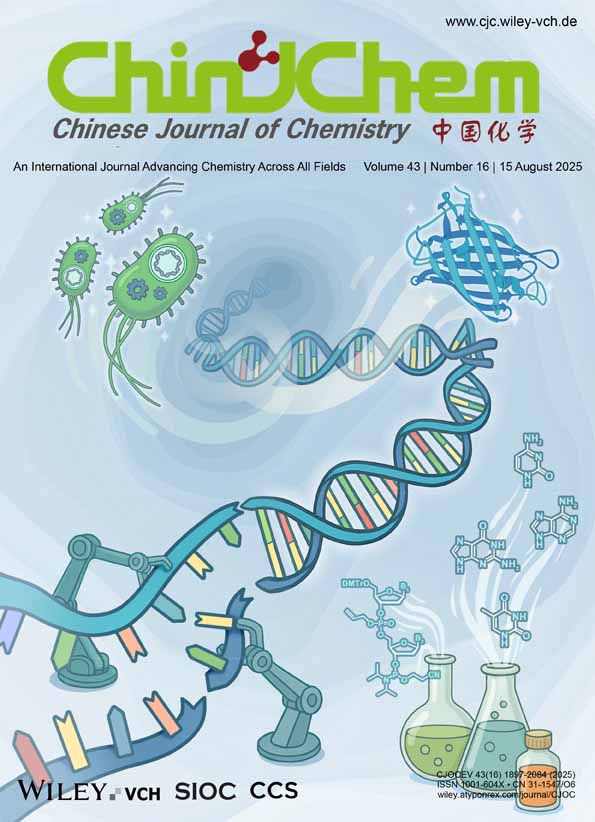The principle of optimization of binary mobile phase composition of multi-step linear gradient elution
Abstract
The basic principle of optimal method called “moving overlapping resolution mapping method” to select the optimal binary mobile phase composition of multi-step linear gradient liquid chromatography is discussed with simultaneously considering effects of position of solute inside the column and mobile phase composition on peak resolution and retention value, then a BASIC program based on this principle is developed in IBM-PC computer. The validities of both principle of optimization and BASIC program are confirmed by separation of samples containing bile acids and PAHs in RP-HPLC.




